Former Tour caddie reflects on this day — 20 years ago — when the world lost Payne Stewart
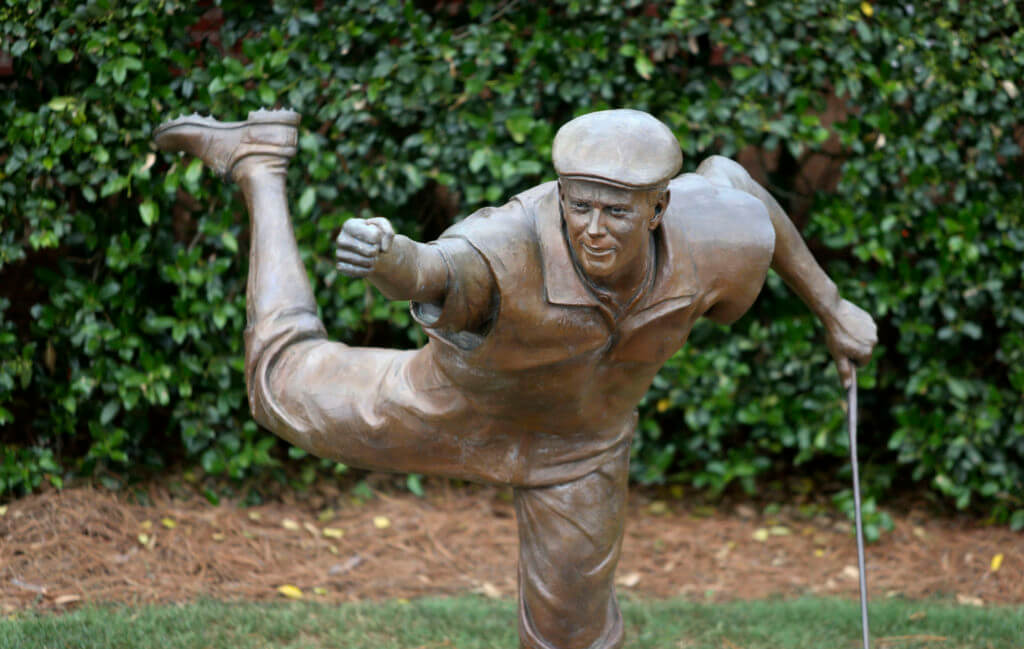
The morning of Oct. 25, 1999 began like so many others during my seven years as a PGA Tour caddie. It was a day nobody in golf will ever forget.
I awoke in Kissimmee, Fla., at the Big Orange Travelodge, a welcomed value at the end of a long Tour season. We stayed three to a suite for a hundred bucks a man for the week. Each of us even had our own bed. Nobody had to sleep on the floor. There was a Waffle House next door serving hot early breakfasts and late-night dinners.
There’s a fair chance I was wrestling a mild hangover. That was often the case in those wild, freewheelin’ days.
It was a Monday. My fellow caddies and I had worked the final round of the Disney Classic the day before. We had a few bills in our pocket, free passes to the Magic Kingdom in our hands and no travel plans until the next morning when we’d fly to Jackson, Miss., to caddie in the final tournament of the year. Well, it was the final stop for those of us whose pros finished outside the top 30 on the money list in the pre-FedEx Cup playoffs era.
Tiger, Vijay, Phil and the other Tour superstars were headed to Houston to play for the big, guaranteed Tour Championship money.
The U.S. Open champion Payne Stewart was supposed to be there, too.
One of us turned on the TV that morning in our disheveled temporary quarters and landed on a local channel. They interrupted the regular broadcast for a special report. Air traffic control had lost contact with a private airplane that had departed from Orlando earlier that morning. Immediately, we began to fear the worst. There was, of course, no sudden text message chain or social media thread to follow. Rather, we sat quietly in front of the screen and watched the story unfold. First, the news anchor reported it was believed a local sports celebrity was a passenger on the plane. Within the hour, they confirmed the horror. The plane was indeed carrying Stewart, the pilot and four others. The plane crashed in a field in South Dakota.
We went to the world’s most famous amusement park, feeling sick and strange, not knowing what else to do.
***********************
I did not know Payne Stewart well. He was a superstar. I caddied for less distinguishable pros. Still, we had a couple of connections. He and one of my longtime bosses, Larry Rinker, had come of age on the Tour together. They were both residents of the Orlando area and even briefly played music together in Peter Jacobsen’s band of pros, Jake Trout and the Flounders. They still had mutual friends in Tour stops around the country. Although Payne’s career had followed a greater arc, he’d stop and speak to Rink, fire a needle his way as only he could. We played a practice round or two together through those years.
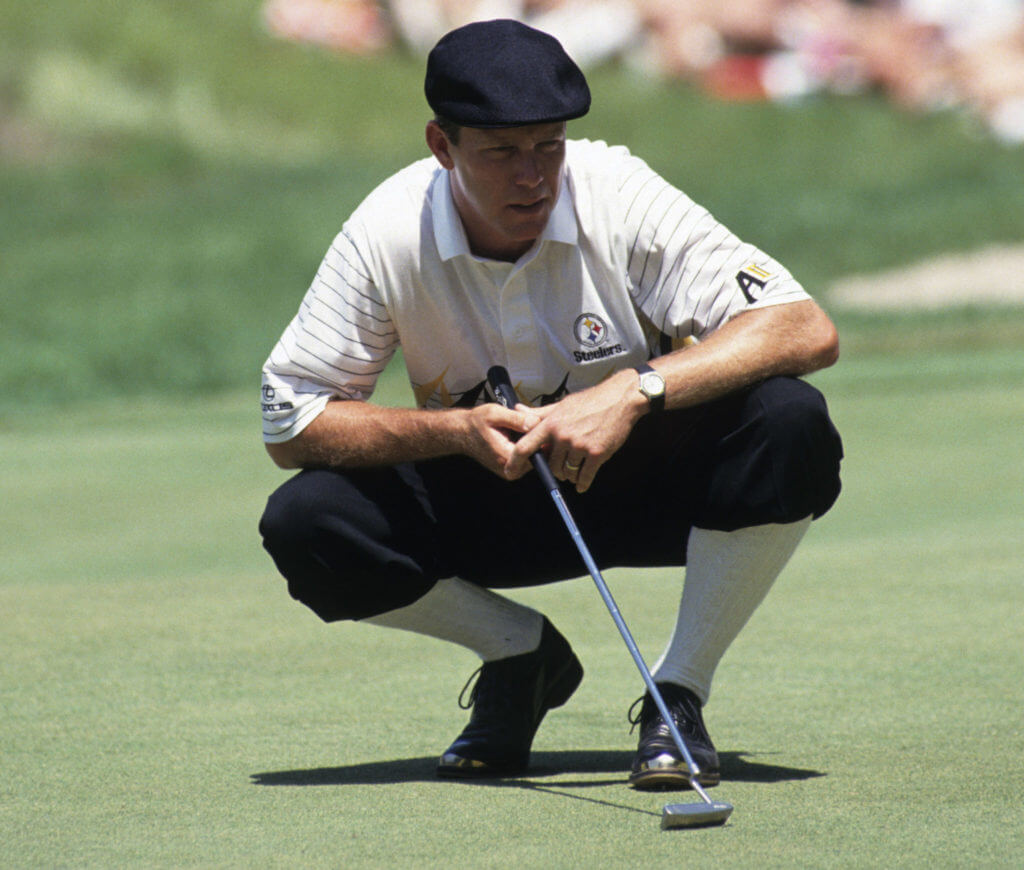
I had a stronger connection through his longtime caddie Mike Hicks, a fellow North Carolinian and sports lover. Hicksey had been kind in helping me navigate those early years on the Tour, offering advice on where to stay and where to avoid, answering my inane questions about the secret to successful caddying, letting me hang around with he and the other superstar caddies my crew and I hoped to grow up and become some day.
Earlier that year, during the Honda Classic – where Stewart finished 2nd – Hicks and I had met Stewart and others at a sports bar near the course to watch the early round games of the NCAA tournament. I’d placed a wager or two on the matchups. Stewart wanted to know the details. We all sat together at a table and drank beer, watching the final minutes of Duke’s first-round matchup with Florida A&M, urging the free throws to fall and time to expire so the top-seeded Blue Devils could cover the 30-something point spread.
MORE MULL: Caddie legend Fanny Sunesson has always been well prepared and ready for a challenge
They did, padding my bank account by 50 bucks or whatever. But the outcome of that bet was irrelevant. I was 26 years old, a run-of-the-mill looper from a small town in Carolina tobacco country. And I’d just spent time with a major champion, a golf icon, sipping brews and watching ball. I can’t recall for certain, but there’s a strong possibility I called my Dad and shared the story on the hotel room telephone, first chance I had.
That June on a Father’s Day afternoon, I sat on the couch at a friend’s home in Southern Pines, N.C. and watched Stewart battle Phil Mickelson over the final holes at Pinehurst No. 2, my favorite place in the world. Much earlier in the day I’d tried to shepherd Jerry Kelly around Donald Ross’ masterpiece. When Stewart sank the winning par putt on the 18th green and Hicksey leapt into his arms, it brought chills to most anyone with a pulse. To me, they’d reached the pinnacle together. Stewart coming back from his crushing defeat the year before. Hicks winning the U.S. Open an hour down the road from his hometown. It was a moment any of us could only dream of having and for them both it had just come true.
Stewart didn’t play much the rest of the 1999 season. He made five starts after his U.S. Open victory and helped his country win the Ryder Cup at Brookline, showing ultimate class by conceding his singles point to Colin Montgomerie in the day’s final match, sparing the Scotsman any more of the ruthless treatment he’d received from the partisan galleries throughout the day.
The last time I saw Stewart was at the PGA Championship that August at Medinah. I’d bought a watercolor painting of the 10th hole at Pinehurst No. 2 to commemorate my first time working our national championship. I took it to Medinah that week and asked Stewart to sign it for me.
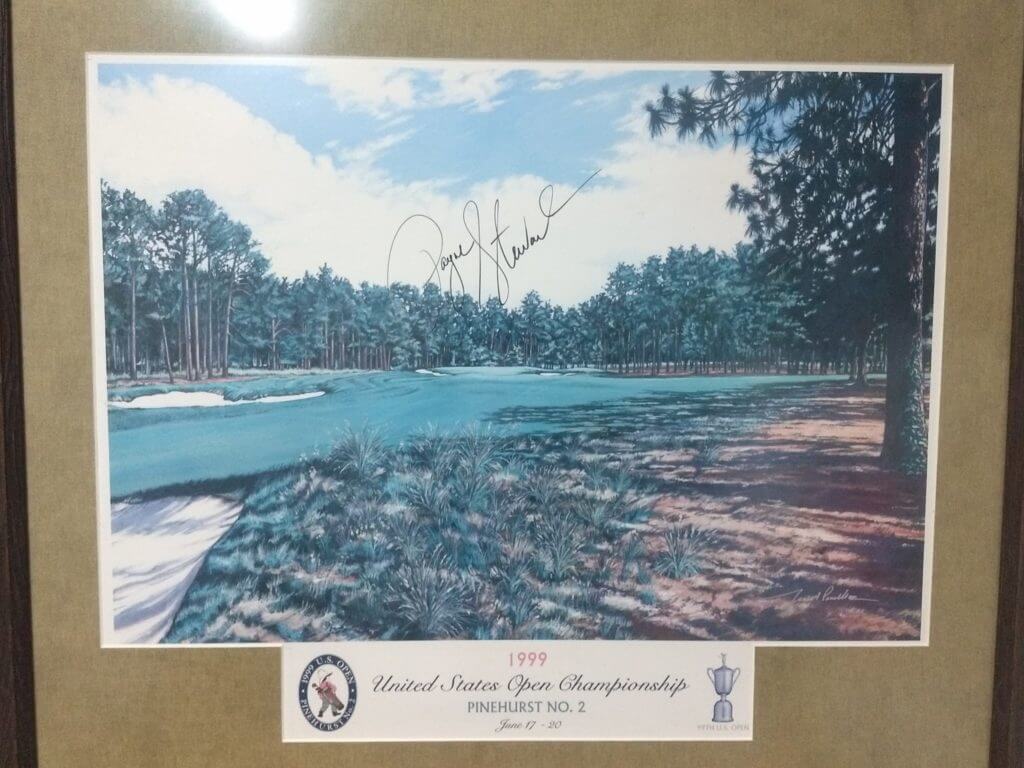
“Sure, no problem,” he said. “Just leave it in my locker.”
As I helped Kelly pack his bags after the final round, he handed me the tube Stewart had left for me. Later I opened it, and he’d signed it perfectly, ascending across the sky, looping clearly through the clouds set against the bright blue sky.
***********************
We flew to Jackson that Tuesday morning, rented cars and headed for the course, just like so many weeks before. The mood at the course was somber. Nobody was joking around the putting green or cutting up on the range. We’d reached the end of another long, hard year and the circumstances were unlike any before. The next day, Tour officials posted a memo informing us that the second round of the tournament would not be played on Friday, as scheduled. The tournament would be interrupted, continued on Saturday so that anyone who wanted to return to Orlando for Stewart’s memorial service could make that choice. There may have been a charter flight arranged.
I stayed in Mississippi, probably drank too much and lifted several glasses to Stewart’s memory, trying to drown out the sadness the only way I knew how. At some point I called Hicks, aiming to offer solace. I had no idea what to say to the man who had lost his boss, his friend, the man who’d celebrated their Open victory on Hicks’ couch until the early morning hours just months before. Tried to tell him what Payne meant to us all, to the game and to me in particular. It made little sense at all. He thanked me anyway.
“It’s a tragedy,” he told me. “It’s a tragedy.”
The framed, signed painting from Pinehurst hangs on my wall.

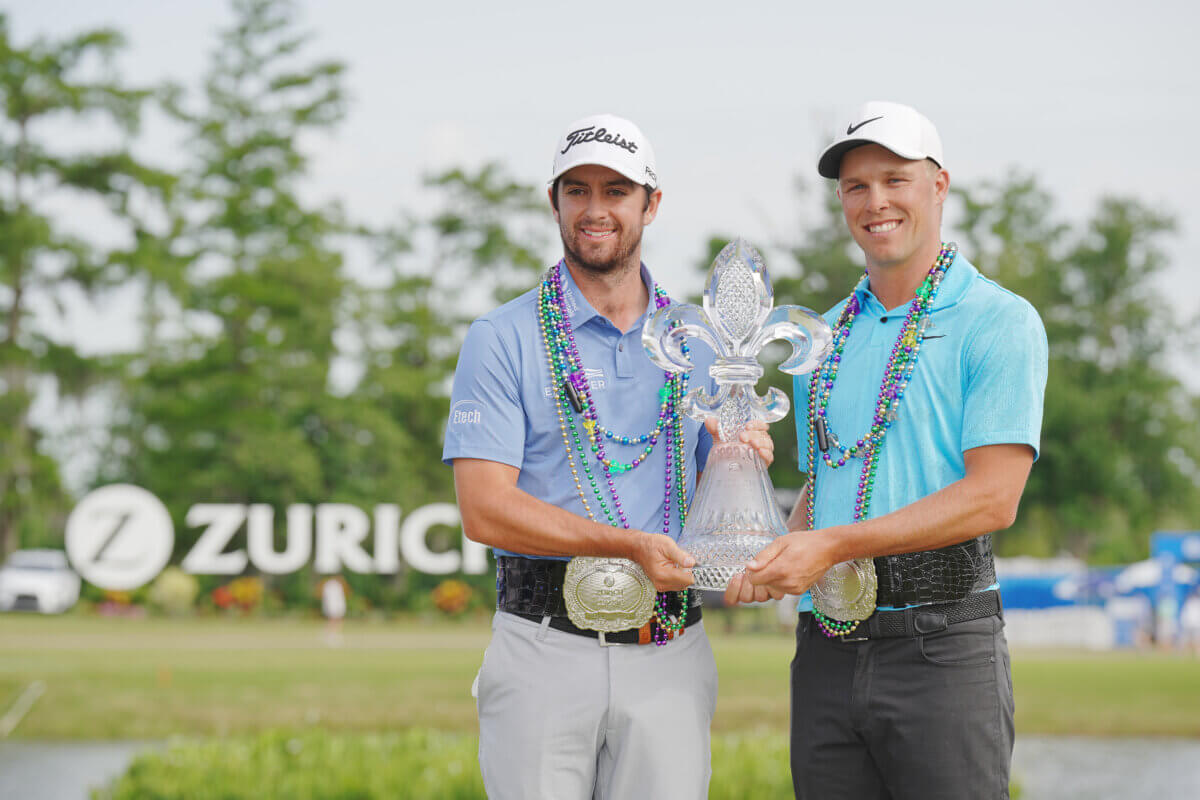
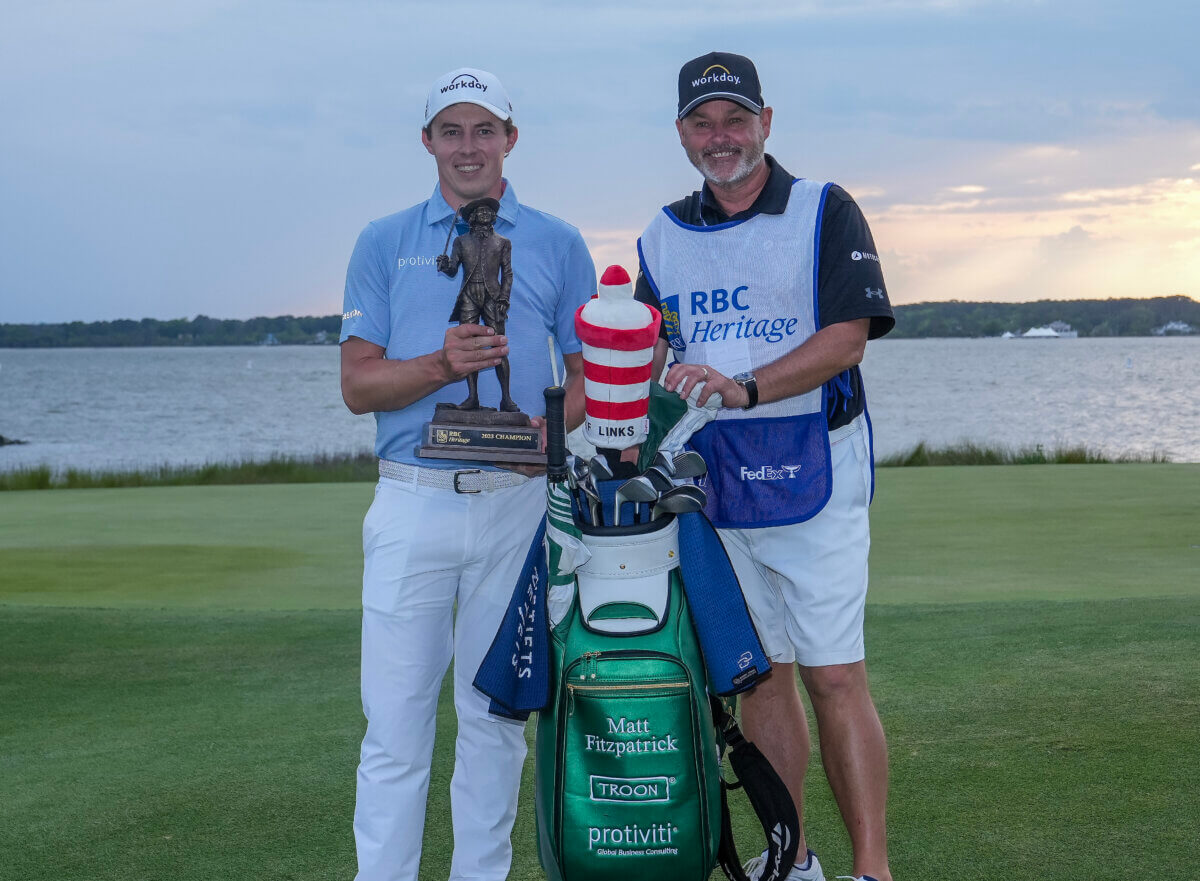
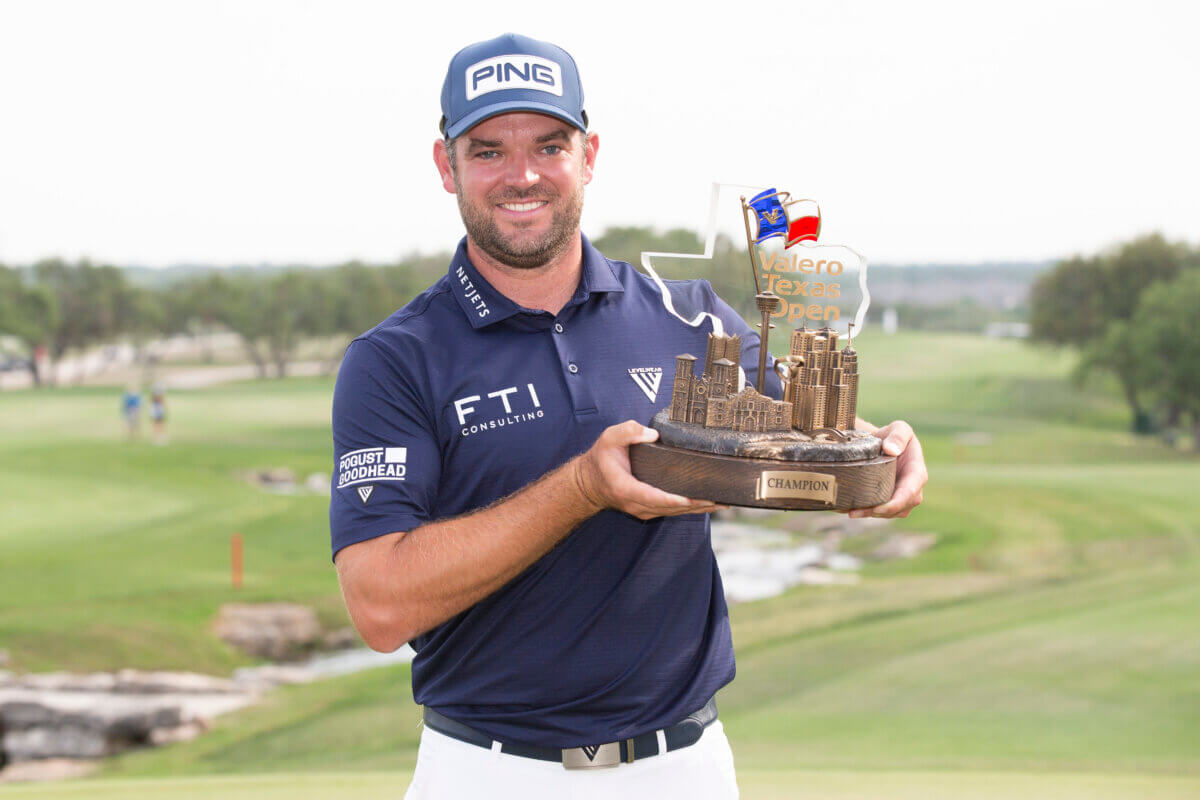
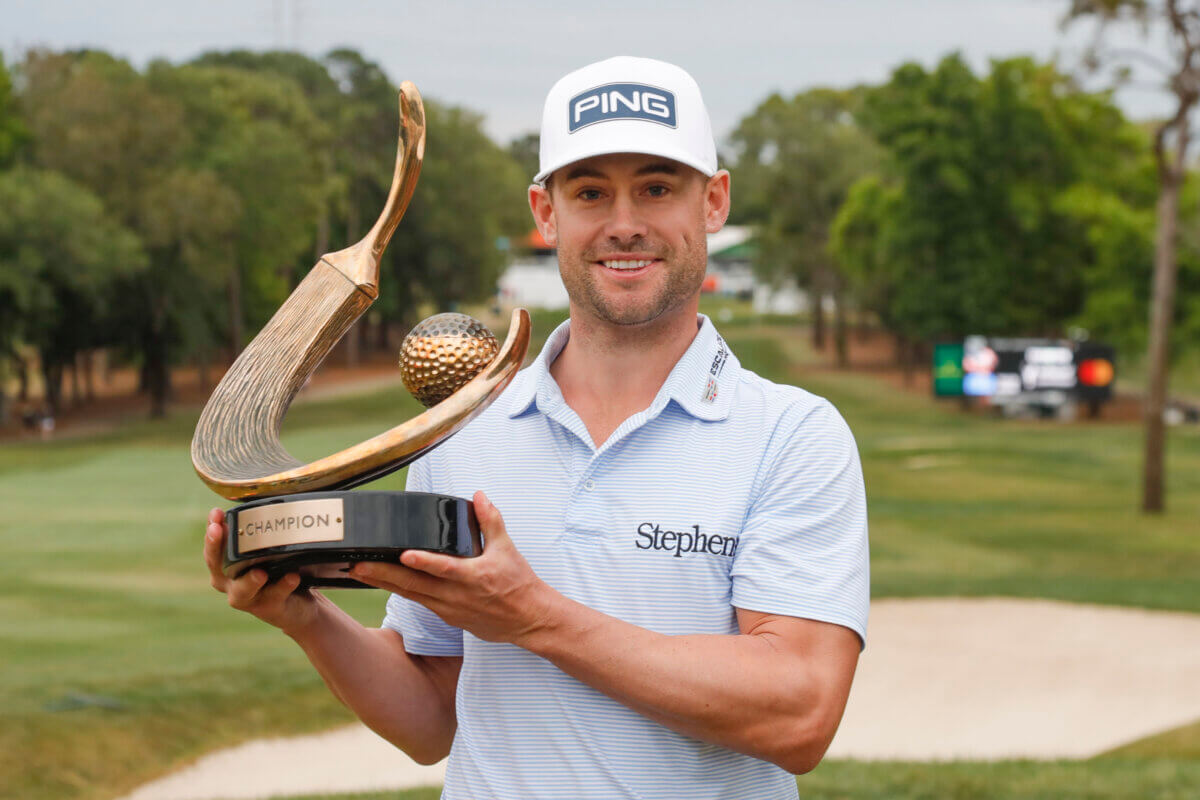
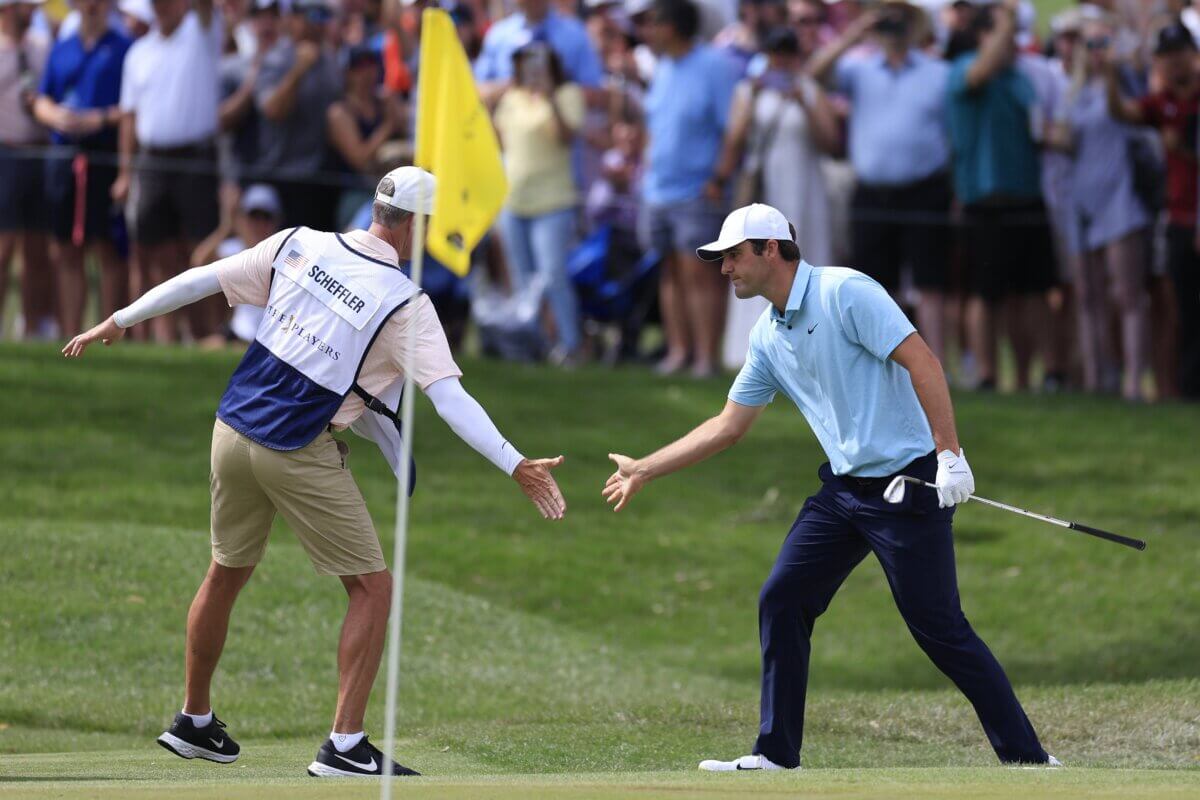
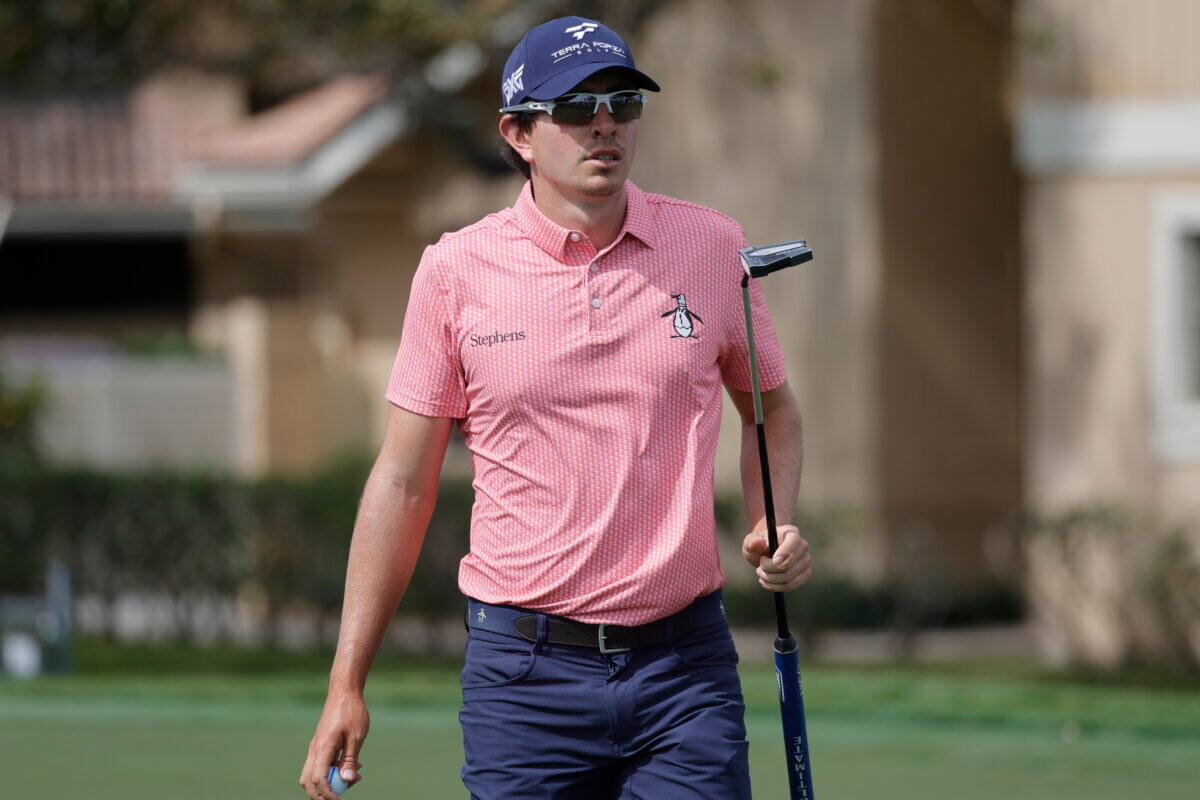
Awesome piece.
Brian Mull you are an amazing writer! I’m crying reading this. And that picture with the signature! It was so perfectly and ironically placed. Thank you very much for sharing. I don’t play golf, watch a little but Payne Stewart is an iconic figure that has helped me be interested in the game. And I actually met Mike Hicks in Santa Barbara one time in the late 80’s because my boyfriend at the time knew him.
I would buy any sports memorabilia book you write. You have a sentimental and clever way with words that resonates very well!
Inspiring and sad, thank you.